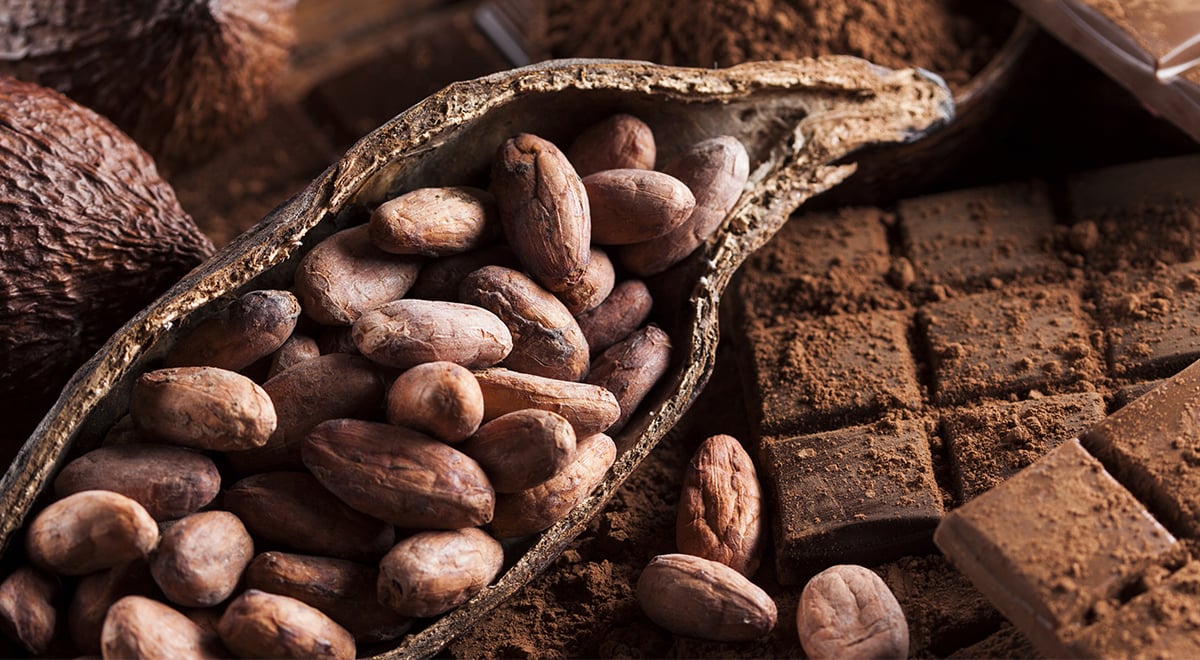Titanium is a highly versatile metal used in applications from aircraft engines to artificial hips. But it is in the form of titanium dioxide (TiO2) that this metal finds its biggest market. TiO2 has a pure white colouring, is very reflective and is resistant to UV radiation. All these characteristics make it an ideal pigment for paints, ceramics, plastics and papers.
According to the World Health Organisation, worldwide obesity has nearly tripled since 1975. The problem is that we are consuming more calories than we are using, which leads to a build-up of fat in the body. Sugar is a major source of calorie intake in our diet. In fact, satisfying our craving for sweet tastes but avoiding the calories that come with sugar, is how sugar substitutes came into being in the first place.
PVC pipes have been used to establish safe drinking water systems since the 1930s and most of these are still in use. In addition to their long expected lifespan – in excess of 100 years – recent research conducted by Vynova has demonstrated that PVC pipes are highly suited for mechanical recycling.
The flat roofs of commercial buildings and apartment blocks have historically been notorious for water problems. No roof is ever completely flat, causing water to pond in certain areas. Eventually this water finds its way through to the building below. Concrete is actually a permeable material, so the last line of defence is the roof sheeting chosen to seal the roof. PVC was first introduced as a roofing membrane in the1960s, and has become a material of choice in the industry due to its durability and resistance to leaks.
The origins of chocolate stretch back to the 18th century when a Swedish botanist, Carolus Linnaeus, gave the cocoa tree its Greek name Theobroma Cacao, which means “food of the Gods.” However, it was during the 19th century that many of the innovations and improvements in chocolate production were developed. The first conche (a machine, used during the manufacture of chocolate, which mixes and smooths the chocolate mass) was developed in 1879 by Rudolph Lindt. Daniel Peter found a way to blend milk into chocolate in 1876, and Casparus Van Houten created the cocoa press in 1828. But one of the most significant developments was the introduction of alkaline salts by Coenraad van Houten in 1828.
VYNOVA BLOG
Our blog offers you insights into Vynova, our products, their applications and the innovations they enable.








